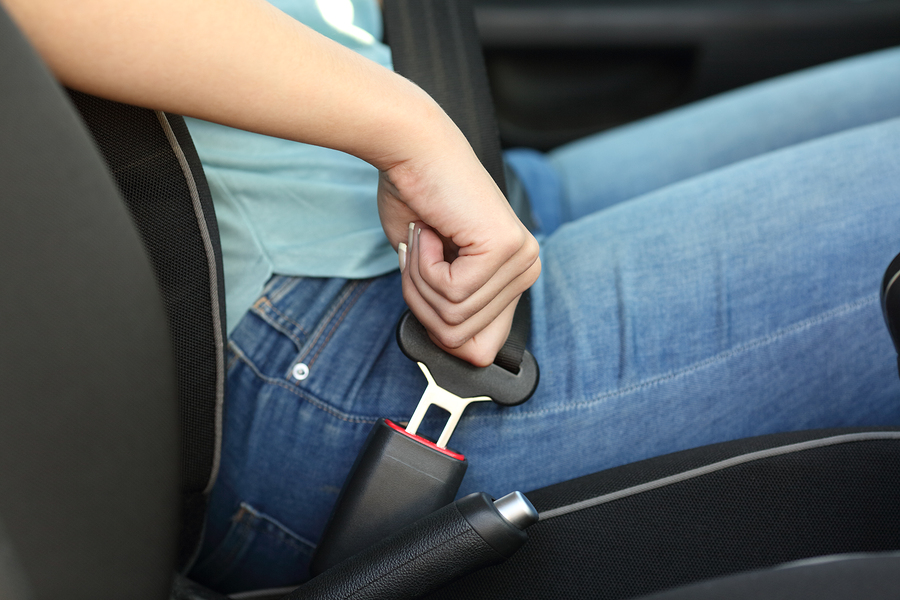Follow these seat belt tips and guidelines, including do’s and don’ts when you’re pregnant.
The Top 5 Things You Should Know About Buckling Up
Buckling up is the single most effective thing you can do to protect yourself in a crash. Seat belts are the best defense against impaired, aggressive, and distracted drivers. Being buckled up during a crash helps keep you safe and secure inside your vehicle; being completely ejected from a vehicle is almost always deadly.
Air bags are designed to work with seat belts, not replace them. If you don’t wear your seat belt, you could be thrown into a rapidly opening frontal air bag. Such force could injure or even kill you. Learn about air bag safety.
Guidelines to buckle up safely. The lap belt and shoulder belt are secured across the pelvis and rib cage, which are better able to withstand crash forces than other parts of your body. Place the shoulder belt across the middle of your chest and away from your neck. The lap belt rests across your hips, not your stomach. NEVER put the shoulder belt behind your back or under an arm.
Fit matters. Before you buy a new car, check to see that its seat belts are a good fit for you. Ask your dealer about seat belt adjusters, which can help you get the best fit. If you need a roomier belt, contact your vehicle manufacturer to obtain seat belt extenders. If you drive an older or classic car with lap belts only, check with your vehicle manufacturer about how to retrofit your car with today’s safer lap/shoulder belts.
Seat belt safety for children and pregnant women. Find out when your child is ready to use an adult seat belt. If you’re pregnant, make sure you know how to position your seat and wear a seat belt to maximize your safety and the safety of your unborn child. Click here to read recommendations from NHTSA.






